Importance in Characterization of Raw Material Components and Slurry in Fabrication of Traditional Ceramic Products
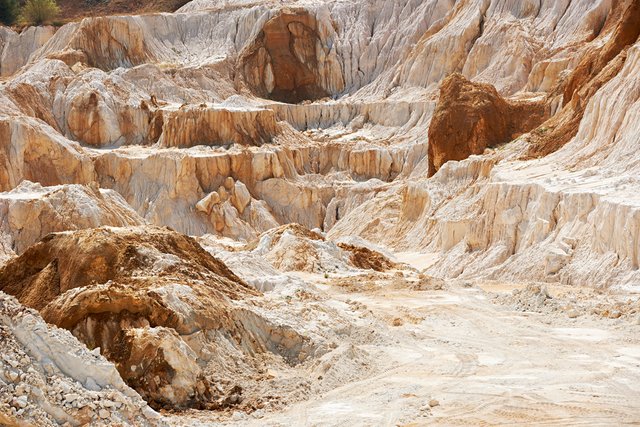
"Importance in Characterization of Raw Material Components and Slurry in Fabrication of Traditional Ceramic Products"
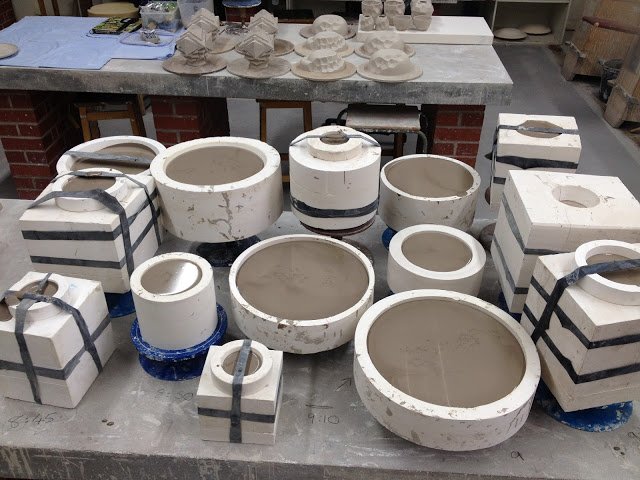
If you have been following my articles for a while now, you will understand that specific procedures and forming techniques in processing clayey materials, silica and feldspar will result to certain and desired ceramic product. These three components are the major constituents of traditional ceramic products. On the other hand, the most common process for these traditional practices is called wet forming preparation or simply wet process such as slip casting.
One does not really need to be highly-knowledgeable and proficient in ceramic to be able to fabricate good traditional ceramic products. However, information and understanding of the basic fundamentals of ceramics as well as its nature could significantly save up much of your time, effort and energy. When engaging into this kind of work or industry, one should always consider factors affecting forming and sintering of ceramic body.
Wet process generally involved high percentages of additive water to ceramic raw material components in the form of powder. Such method includes plastic mass or clay slug and slurry as fundamental or basic ceramic body formulation for traditional forming. Thus it is important that these initial ceramic body formulations in the form of plastic mass or slurry exhibits good plasticity and good rheology respectively as well as binding capacity for non-clay raw materials during wet preparation and forming stages.
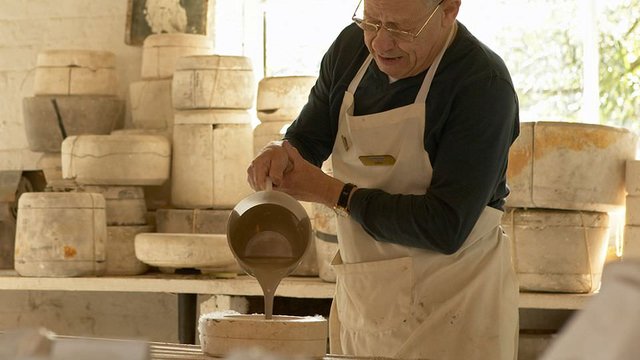
All these properties could influence the output or the final ceramic product such as the shrinkage, porosity, water absorption, compactness or hardness etc. Technically, these output properties and features do depend primarily with the nature, ratio and grain size or particle size of powder both clayey and non-clayey components of initial body formulation either in the form of plastic mass or in slurry. The nature of heating environment may also affect the output.
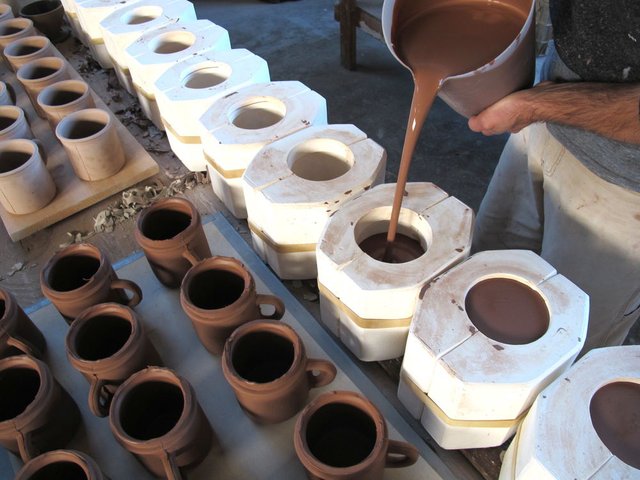
However, the properties of the powdered constituents such as the particle size distribution, the particle shape and the surface chemistry have the greatest impact on the performance during the shaping and the sintering process of both green body structure (or the unfired ceramic products) and fired body structure. Thus, the properties of the final product can be predicted based on the characteristics and the properties of the powdered constituents.
So technically, the main constituents in the form of powder, in most cases, determine the ultimate material properties of the shaped and sintered component. Moreover according to source, the level of the size reduction of initial powder, its phase and chemical purity, shape and surface state of the grain decide on powder behavior during the forming process especially during sintering or firing as it significantly affects shrinkage or contraction of ceramic body.
Consequently, initial preparation or mixing process of powdered constituents influenced particle packing and homogeneity of the green body during its forming as well as the microstructural evolution during sintering or high temperature firing of green body. Also, air aging or air drying is important to avoid thermal shock which might result to cracking during preheating or oven drying of green body.
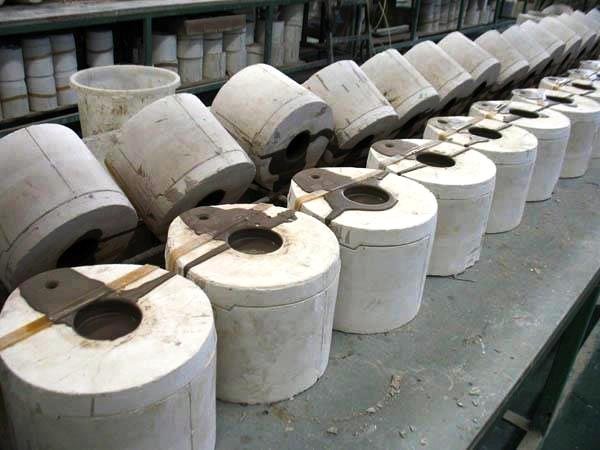
Basically, when slurry is involved, the forming method to be applied is called slip casting method. Again, slip or slurry is an aggregated ceramic component in the form of powder suspended in water which is then poured into a porous gypsum mold to form a firm layer of plastic structure at the mold surface as a result of water absorption by the gypsum mold. Usually, this gypsum mold which is made out of plaster of Paris and water are dried after every casting to eradicate water.
Slip casting method is very common forming method especially for products with complicated designs and structure. And prior to slip casting, the rheological properties of the slurry such as the thixotropy and viscosity should be determined and evaluated for analysis. Most importantly, determination of the behavior, properties and characteristics of individual raw material constituents should also be investigated.
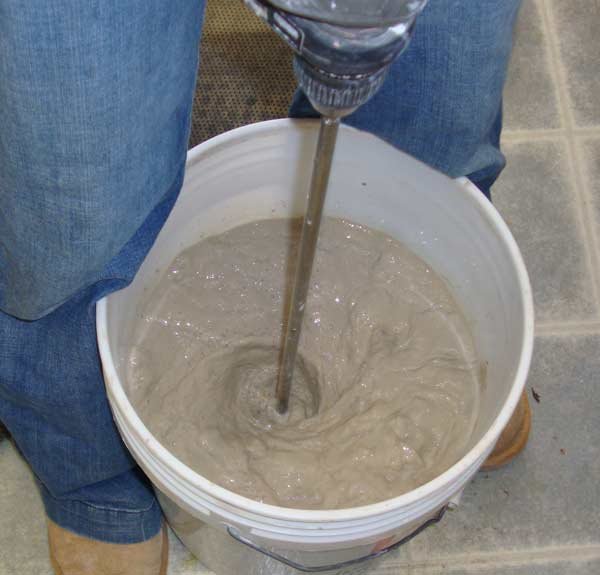
Viscosity is the measure of the resistance of a fluid to flow or the resistance of the slurry to shear. So scientifically viscosity decreases as the shearing rate increases. The viscous behavior of the slurry is very important in ceramic processing especially in slip casting. Technically, particle size distribution, amount and concentration of deflocculant or dispersing agent and ionic strength mainly influence the viscosity of the slurry. The slurry is usually agitated using electric driller at certain revolution per minute or RPM in order to disturb and homogenize after 24-hour aging.
Basically, manual and initial testing of individual raw material constituents would significantly provide accurate prediction of final product and to trace raw material use. Also it would provide a good quality control of specific raw material as well as provide basic information in controlling the microstructure of ceramic product during sintering process. Furthermore, it would also provide knowledge about individual effects of each raw materials used.
THANK YOU FOR TAKING THE TIME TO READ MY POST
Enhancing Low Thermal Insulating Property of Porous Ceramic Raw Materials
Utilization of Local Clay Material in Fabrication of Ceramic Earthenware through Slip Casting Method
Effects of Lightweight Ceramic Materials as Fillers for Paint to Reduce Heat Entry in the Building
High Temperature Superconductive Properties of Ceramic Materials
Advance Ceramic Applications to Automotive Industry
Reference:
Experimentation and Research on the Characterization of Powder, Plastic Mass and Slip in Traditional Ceramic Processing by Engr. Rechel Jane J. Kikoy
http://scholarcommons.usf.edu/cgi/viewcontent.cgi?article=1161&context=geologia
